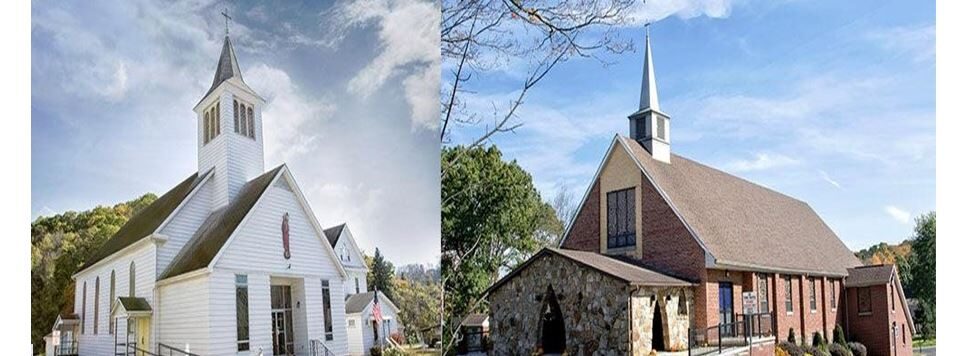Holy Mass—The Church’s Greatest Prayer
“At the Last Supper, on the night when He was betrayed, our Savior instituted the Eucharistic sacrifice of His Body and Blood. He did this in order to perpetuate the sacrifice of the Cross throughout the centuries until He should come again, and so to entrust to His beloved Spouse, the Church, a memorial of His Death and Resurrection: a sacrament of love, a sign of unity, a bond of charity, a Paschal banquet in which Christ is eaten, the mind is filled with grace, and a pledge of future glory is given to us” (Vatican II: Sacred Liturgy, no. 47).
Thus the Mass is:
- the true sacrifice of the New Covenant, in which a holy and living Victim is offered, Jesus Christ, and we in union with Him, as a gift of love and obedience to the Father;
- a sacred meal and spiritual banquet of the children of God;
- a Paschal meal, which invokes the passage (passover) of Jesus from this world to the Father; it renders Him present and makes Him live again in souls, and it anticipates our definitive passage to the Kingdom of God;
- a communitarian meal, that is, a gathering together of the Head and His members, of Jesus and His Church, His Mystical Body, in order to carry out a perfect Divine worship.
The Mass is the greatest prayer we have. Through it we give thanks and praise to the Father for the wonderful future He has given us in His Son. We also ask forgiveness for our sins and beg the Father’s blessing upon ourselves and our fellow human beings.
How the Eucharist is both sacrifice and communion (8:26)
We only get out of Mass what we put into it.
If we do not find much significance in the Mass it is because our whole mind, heart, and soul are not there. We are called to actively participate. When we actively participate in the Mass we receive God in two primary ways: we receive him through his Word and through the Eucharist. These are the two main parts of the Mass: the Liturgy of the Word and the Liturgy of the Eucharist. Liturgy is a term that means work or public duty. It is the work of the people, not just one person standing at the altar. All the people gathered are doing the work of celebration.
The Holy Mass, Explained by the Catechism (6:15)
The Meaning of the Mass by Archbishop Fulton J. Sheen
“Do you know the reason why you don’t get anything out of Mass? It is because you don’t bring anything to it. And so certainly you will get nothing out of the Mass because you’ve made no sacrifice and no effort to understand what the Mass is. It is the reaching to Calvary and laying hold with your hands of the Cross of Christ, with Christ on it, and you plant it down here, today. Whenever Mass is celebrated we plant it here in this city… That’s what the Mass is… the continuation of Calvary. And in order to take part in it, you have to bring little crosses. Our Blessed Lord said, “Take up your cross daily and follow me.” We all have crosses. And we bring them all and plant them down alongside of that great Cross and Christ and we mass them together under Him. That is the Mass.”
“When we leave Mass, we ought to go out the way Moses descended Mt Sinai: with his face shining, with his heart brave and strong to face the world’s difficulties.” ― Saint Óscar Romero
“There is no better way to experience the good God than to find him in the perfect sacrifice of the Mass.” ― Saint John Vianney
The Order of Mass
The Introductory Rites | Understanding the Mass (8:13)
The Liturgy of the Word | Understanding the Mass (6:25)
The Homily, Creed, and General Intercessions | Understanding the Mass (5:24)
The Preparation of the Gifts | Understanding the Mass (6:54)
Eucharistic Prayer and Communion | Understanding the Mass (13:38)
The Concluding Rites | Understanding The Mass (5:39)
